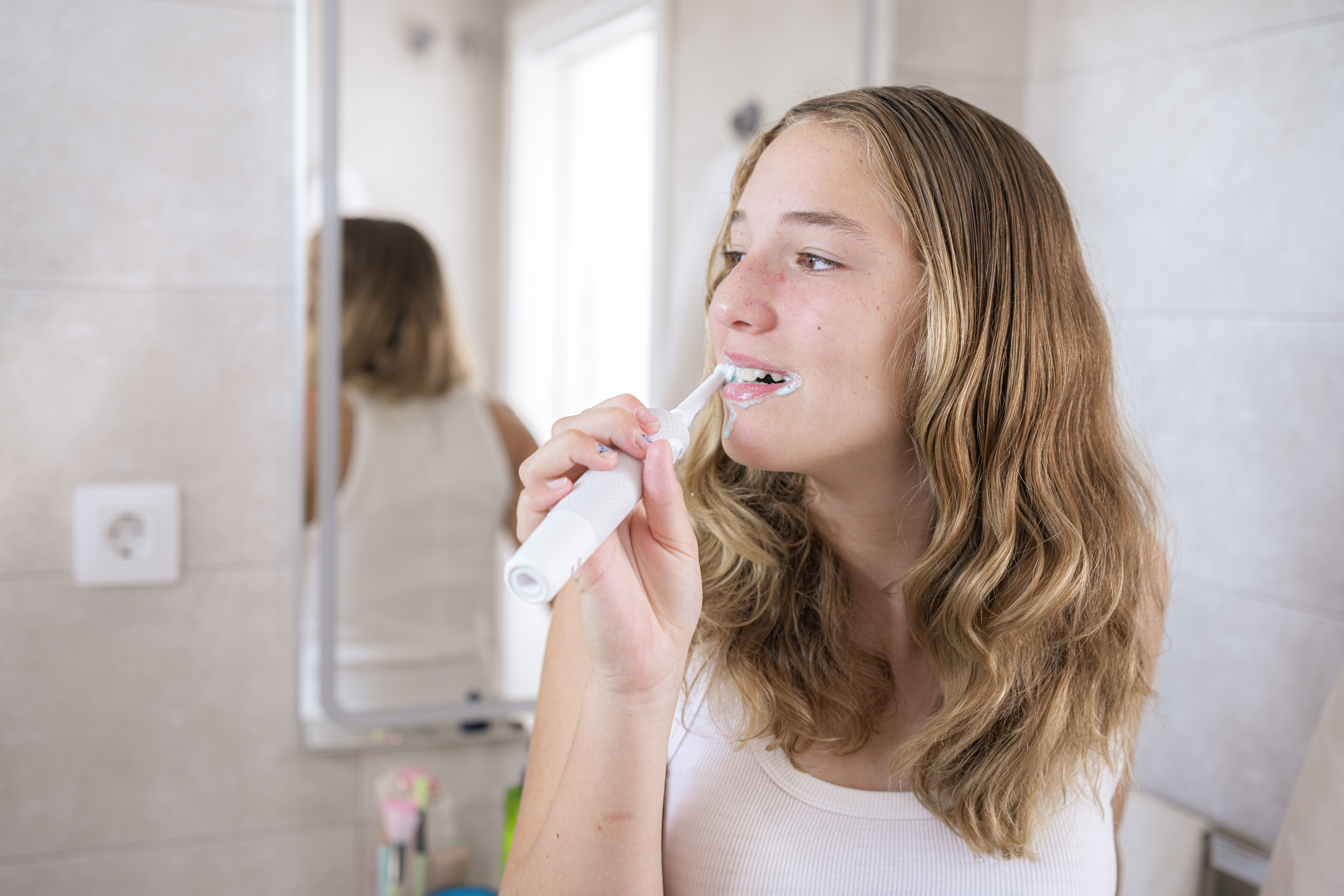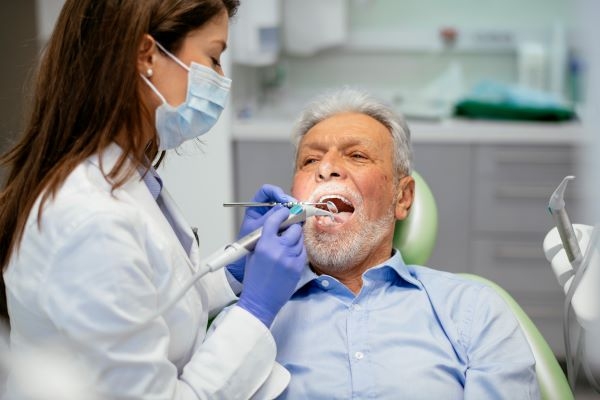-
Remember way back to sex ed when your teacher would pull anonymous questions out of a box? Turns out some of you weren’t asking the right ones, because there are still some pretty crazy myths circulating.
Some of these myths could have damaging consequences for your health, so it’s important that you can tell fact from fiction. And like your sex ed teacher said back in the day: there are no stupid questions when it comes to your sexual health.
Read on to find out some common misconceptions about sexually transmitted infections (STIs), and the real facts that you may not know.
True or false: if you had one, you would know
False. This is probably one of the most dangerous myths about STIs, because many STIs don’t have any symptoms. In fact, recent data released by the Kirby Institute estimate there were 250,000 new chlamydia infections among 15-29 year olds in 2016 – and there has been an overall increase of chlamydia cases across ages groups of 8% from the previous year -- of which a whopping 72% of cases remain undiagnosed. If left untreated, an STI like chlamydia could cause serious and painful consequences, like pelvic inflammatory disease if you’re female or painful or swollen testicles if you’re male. Even if you feel perfectly A-OK down there, scheduling regular STI tests with your GP should become just another slightly unpleasant adult thing you need to do, like paying your phone bill.
True or false: public toilet seats are riddled with chlamydia
False. All the toilet hoverers out there will be happy to know that you can now sit in peace - you’re not going to get chlamydia from a toilet seat. Or any STI for that matter. That’s because STIs are only transmitted via infected fluids (genital secretions, semen or blood) or in the case of herpes, skin-to-skin contact and can’t live outside the human body for long without breaking down. Even if you use the toilet straight after someone with an STI, germs would have to be transferred from the toilet seat to your genital tract, or through a cut or sore. And let’s face it, for this to happen you’d have to be doing something pretty wrong.
MORE: Worried about an itch, lump or unusual discharge? Read about the common signs of STIs
True or false: you can’t get an STI if your partner is a virgin
False. Many folks have engaged in oral sex before losing their virginity, which means that there is every possibility that they could have an STI. Many STIs such as herpes, chlamydia, gonorrhea and syphilis can be spread through oral sex. So, virgin or not, the best way to protect yourself is to practice safe sex, every time.
True or false: STIs love to splash around in swimming pools
False, unless you’re having sex with someone who has an STI in the swimming pool. Same goes for hot tubs. Just remember though, while you may be lucky enough to escape an STI, you can potentially get other nasty waterborn bugs that cause things like diarrhoea, if you happen to swallow contaminated pool water.
MORE: How to tell someone you have an STI
True or false: once you’ve had an STI, you can’t get the same one again
False. Unlike lightning, an STI can strike twice. Having an STI once is no guarantee you won’t get it again - you can contract an STI every time you have sex with someone who has one. In fact, it is possible to have multiple STIs at the same time.
True or false: you can only get herpes when the sores are visible
False. This is a particularly common one. But yup, you guessed it - it’s totally bogus. In other words, just because someone doesn’t have a sore or an “outbreak” doesn’t mean they can’t pass on the herpes virus. So, if you’re hooking up with someone new, save yourself the worry and practice safe sex.
And remember, if you’re worried that you might be at risk of an STI, visit your GP or a sexual health clinic for a check-up.
Find out more about sexual health and the common health issues affecting young people.
Can you really get chlamydia from a toilet seat? Debunking STI myths

-
Do you need an electric toothbrush?
Which toothbrush scrubs up best?
-
Dietitian, nutritionist or naturopath: What’s the difference?
Who should you see for professional dietary advice?
-
5 ways to eat healthy while travelling
Come home feeling refreshed, fit and energised.
-
How often should you get your teeth cleaned?
We spoke to Medibank Members’ Choice Advantage dentist Dr Jonathan Cichero to find out.
-
Daily habits for good oral health
Do you really need to floss? Is an electric toothbrush better than a manual one? Find out which habits to make (and which ones to break) for better oral health.
-
How to conquer your fear of the dentist
Dr Merrilyn Hooley's tips for a less stressful dental appointment.
Subscribe to receive the best from Live Better every week. Healthy recipes, exercise tips and activities, offers and promotions – everything to help you eat, move and feel better.
By clicking sign up I understand and agree to Medibank's privacy policy






